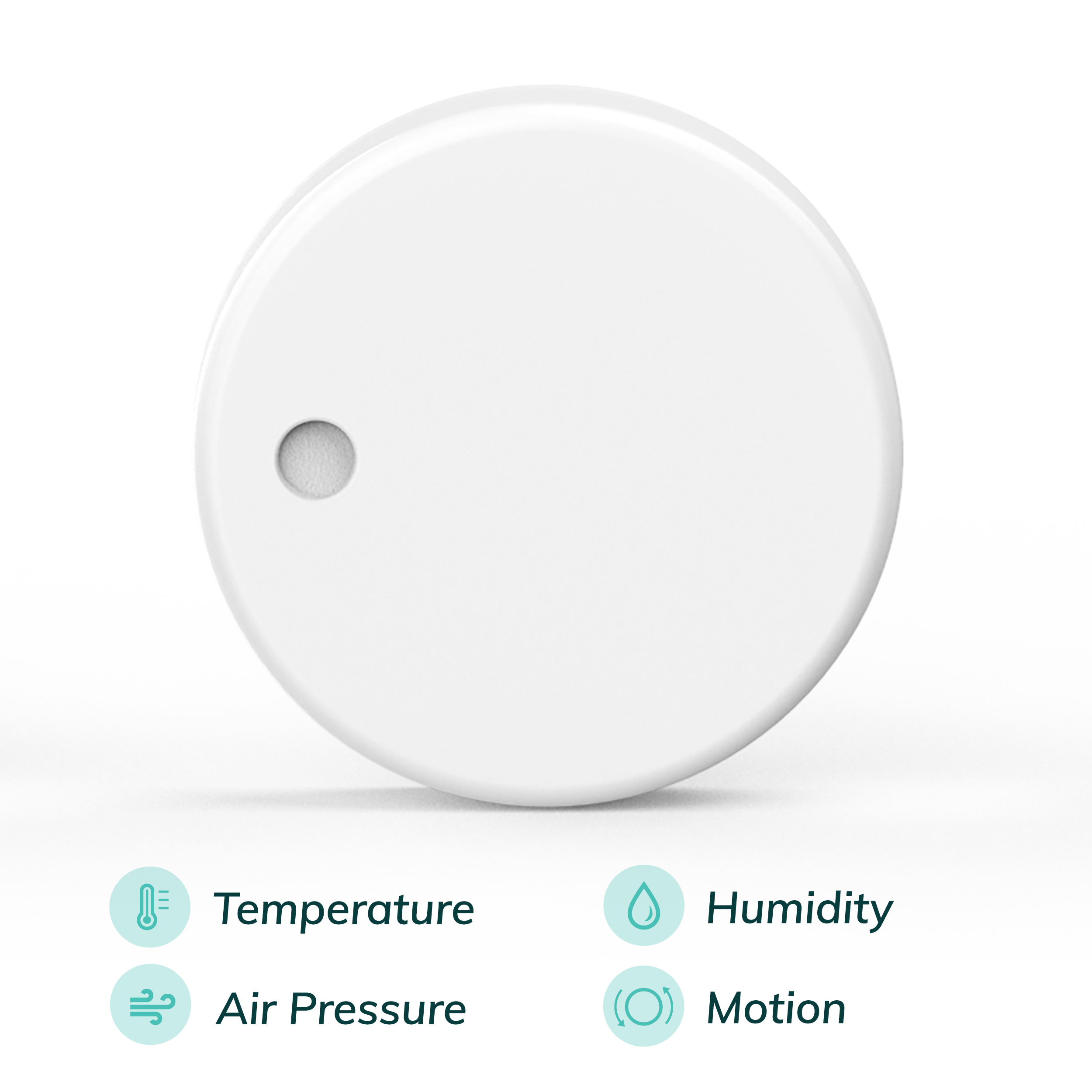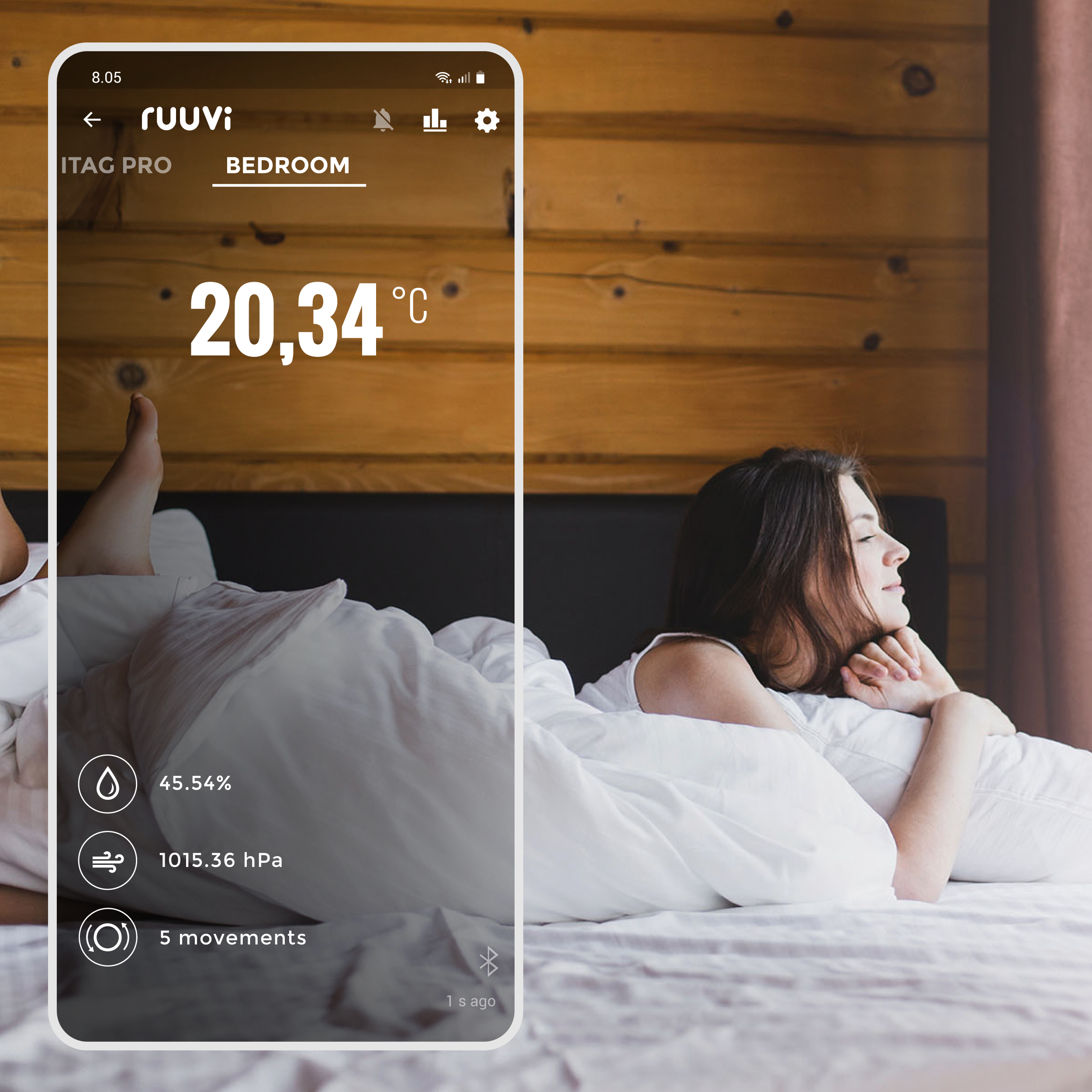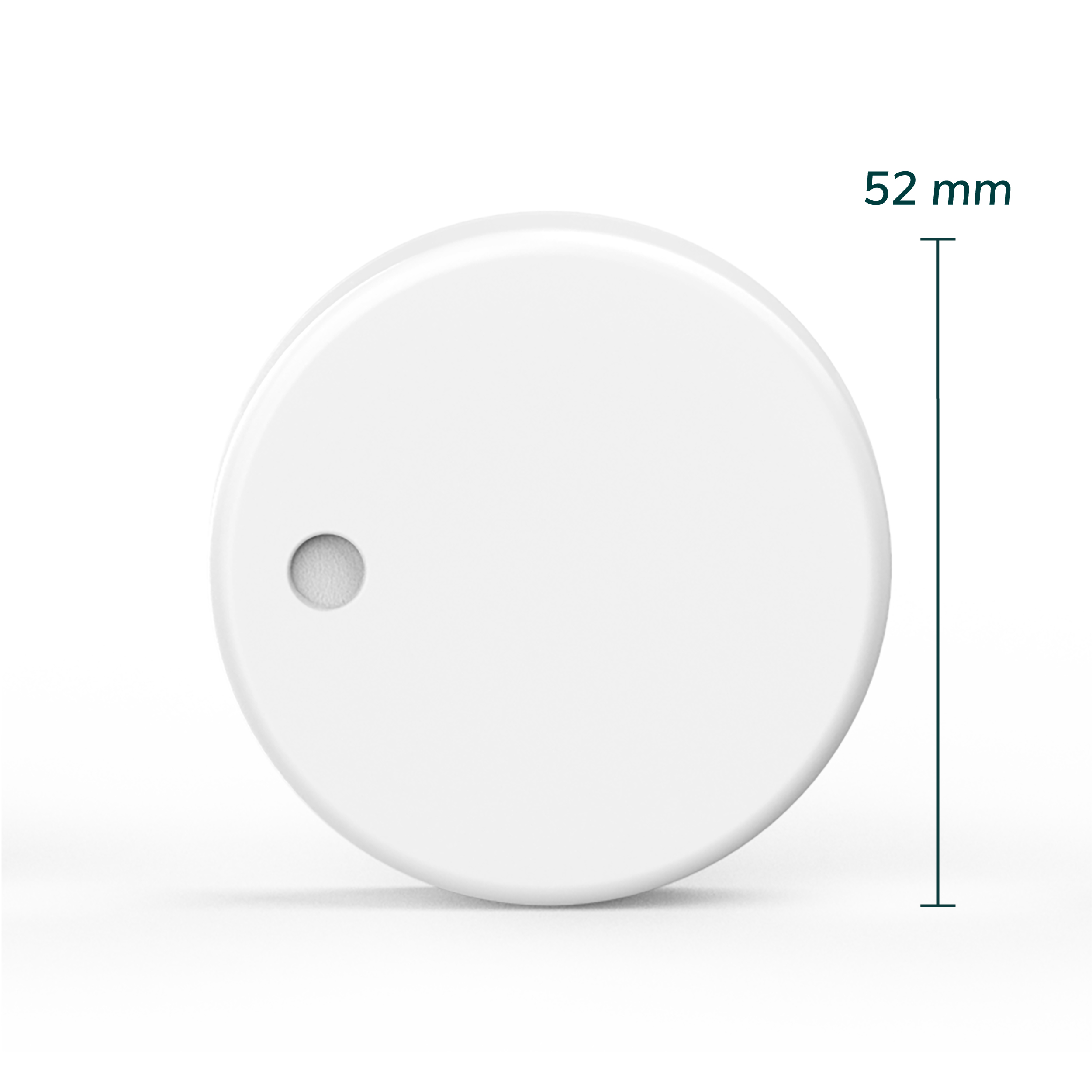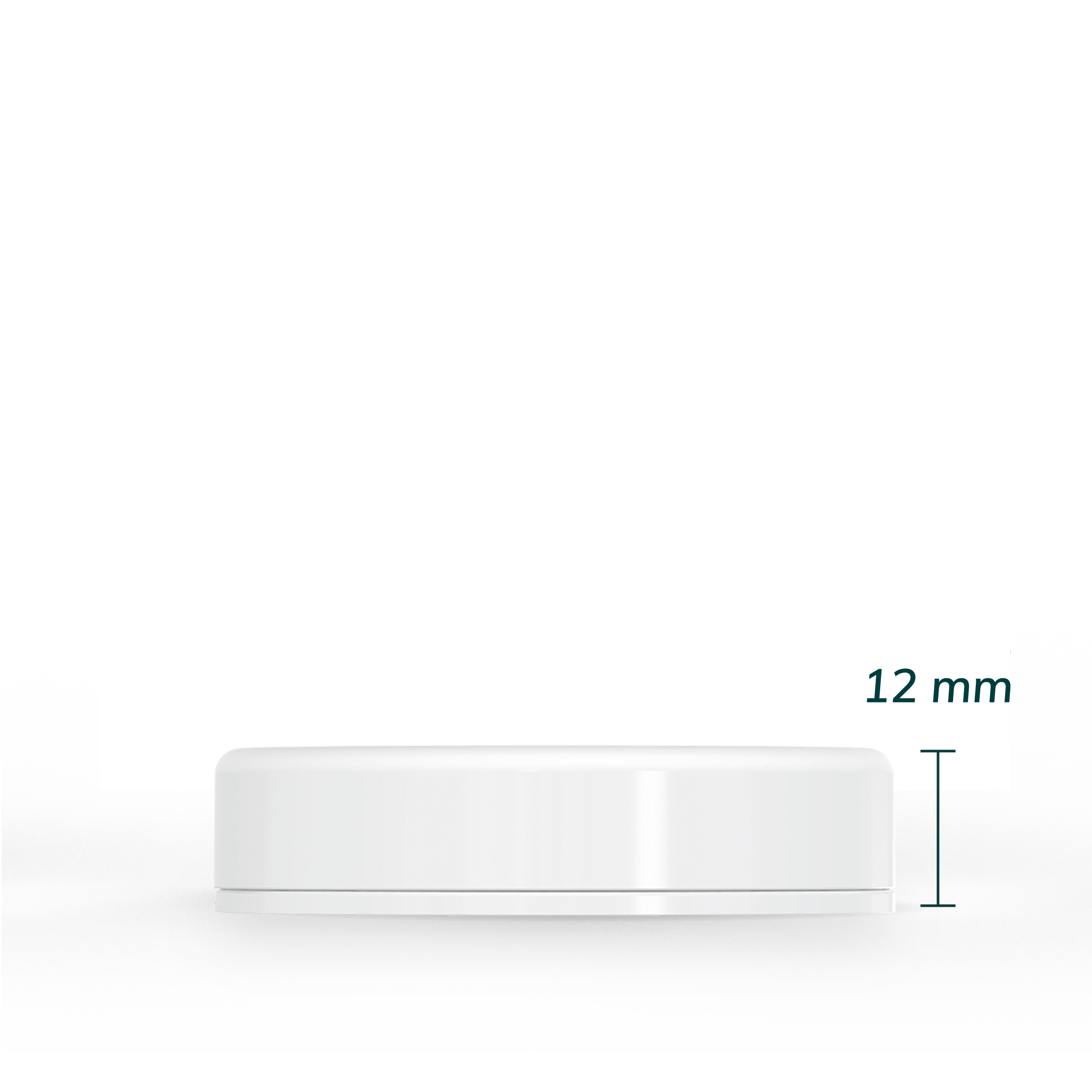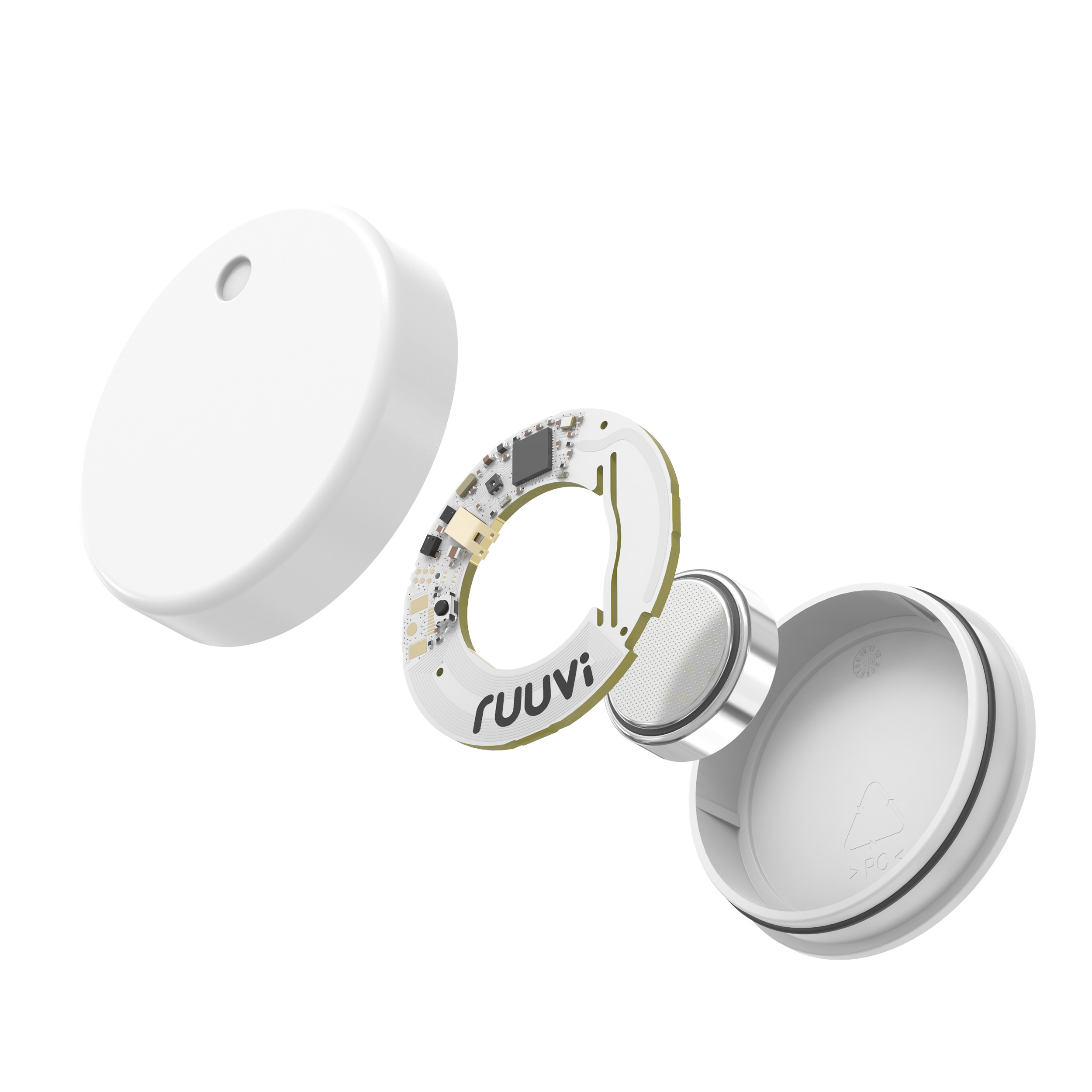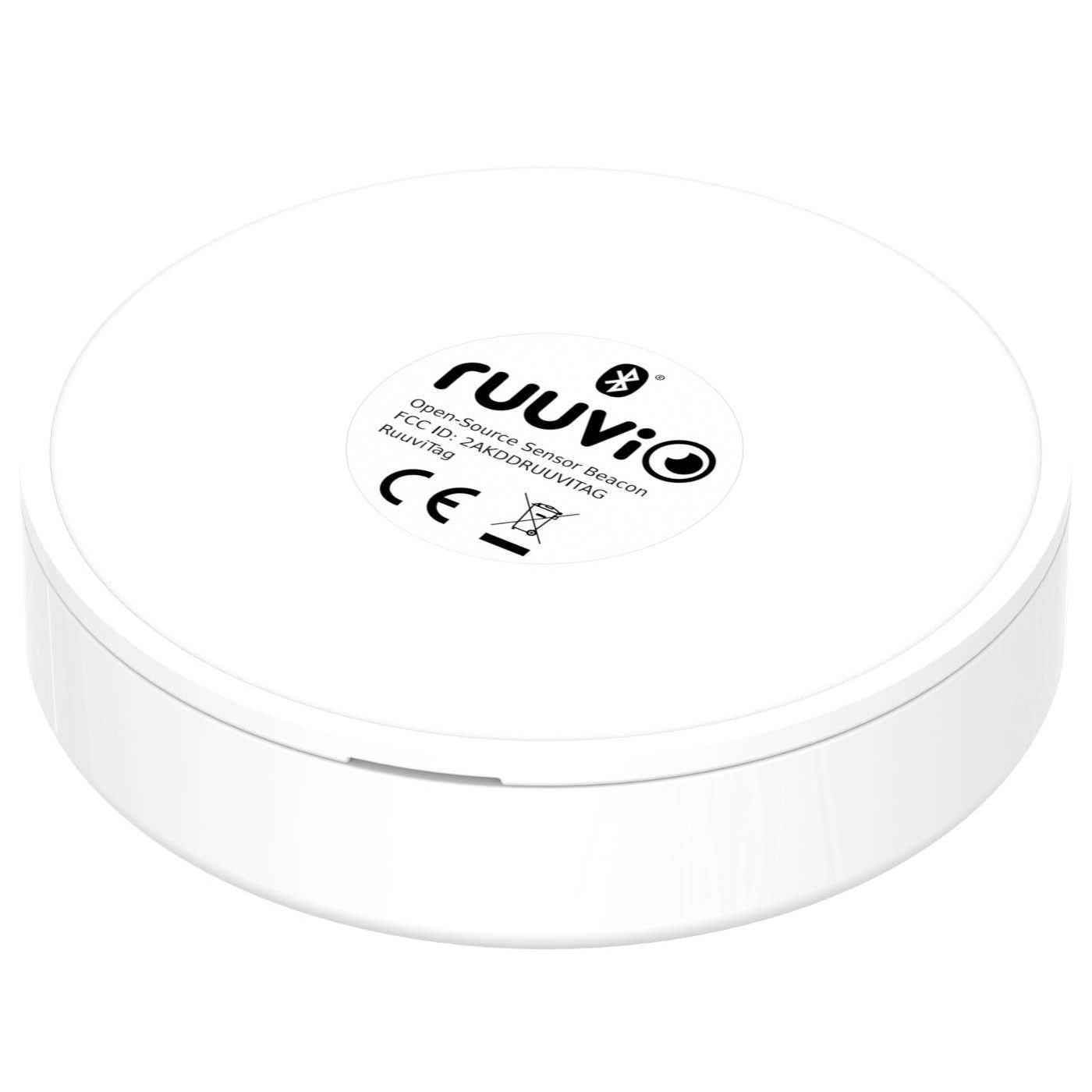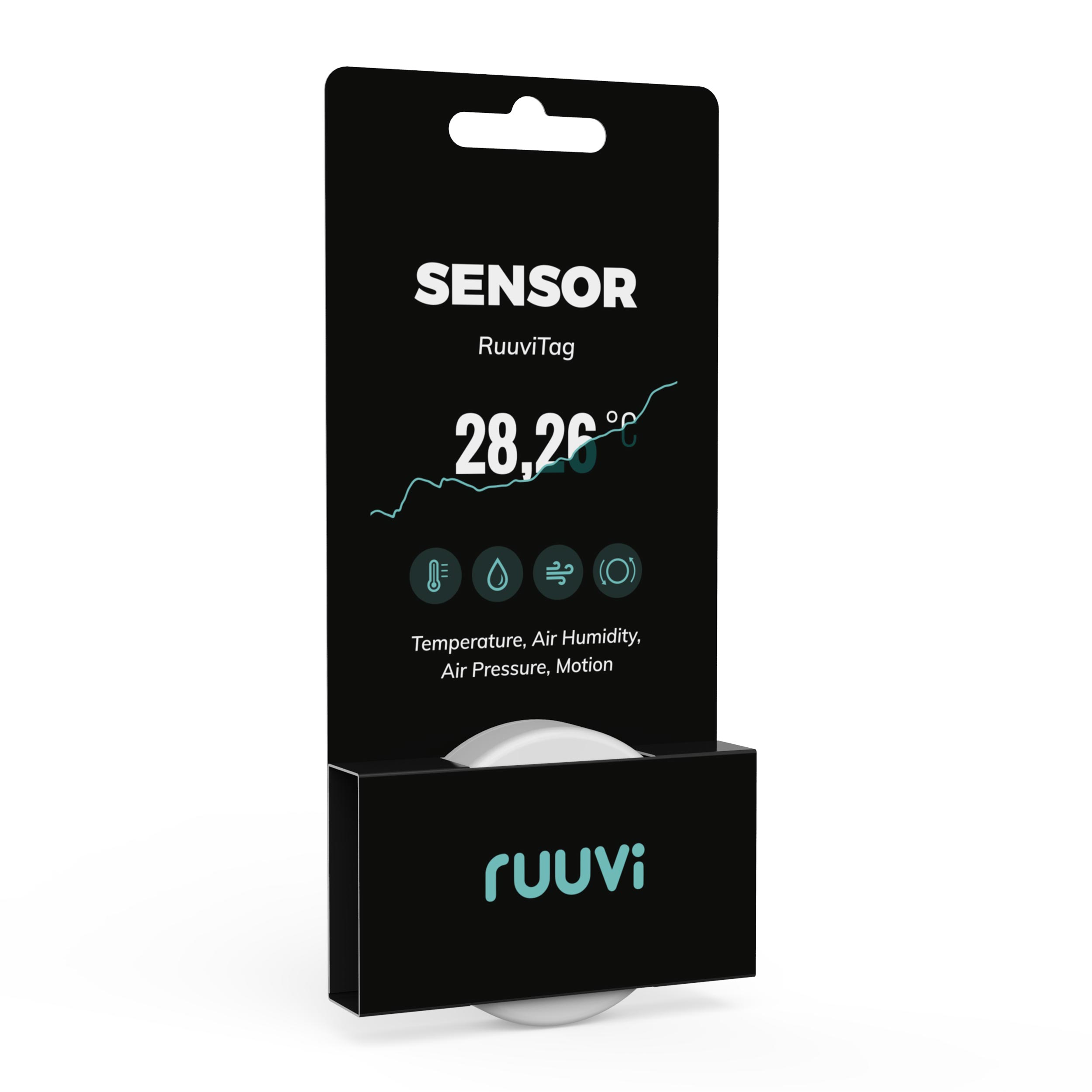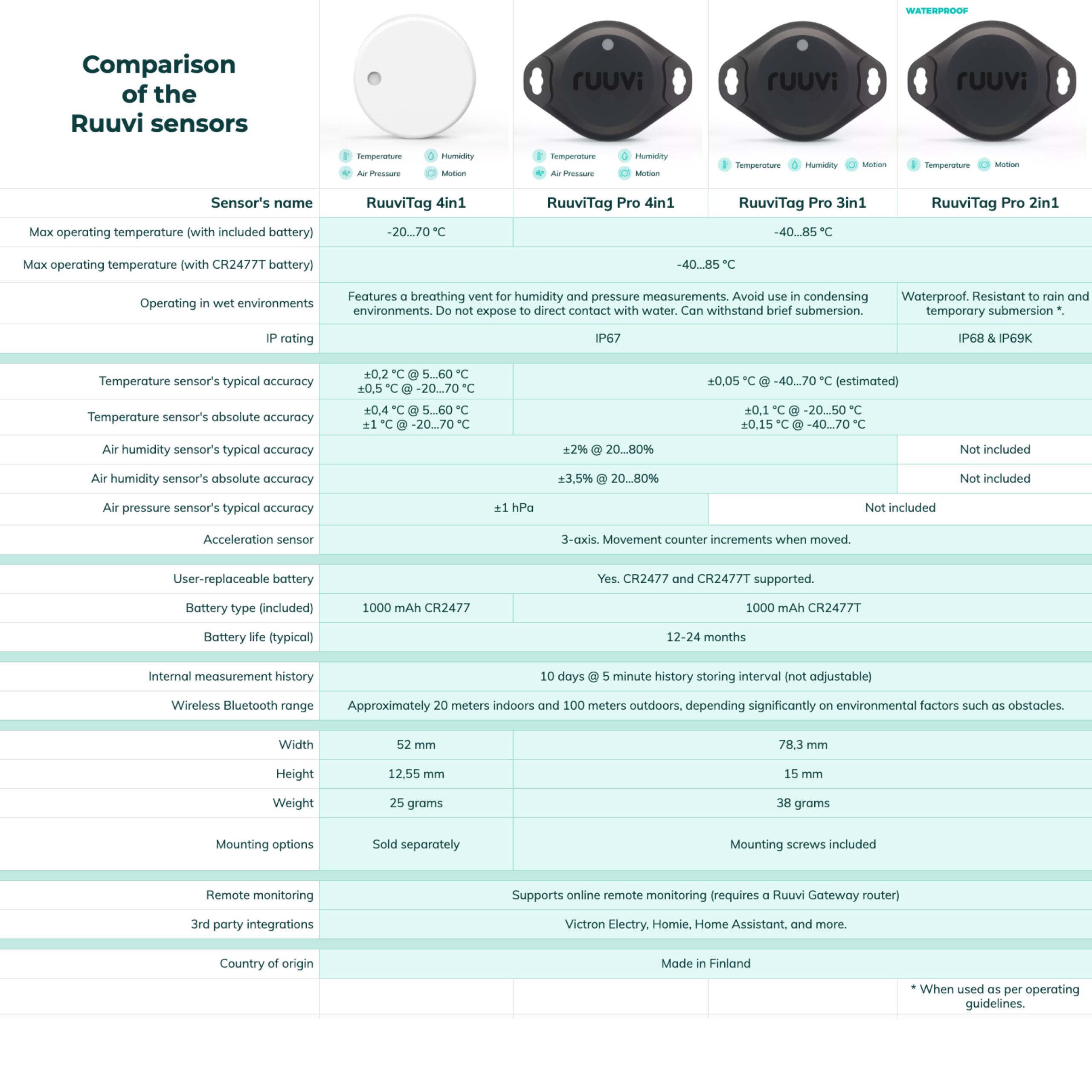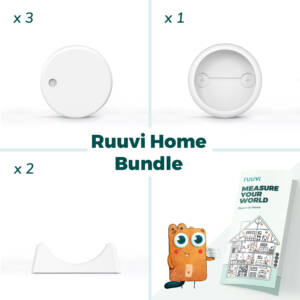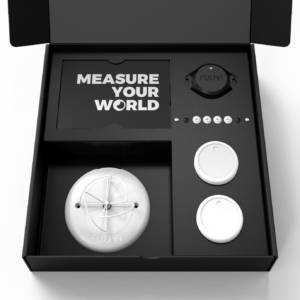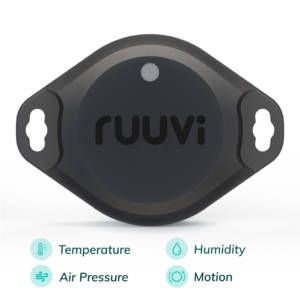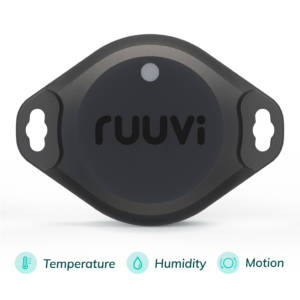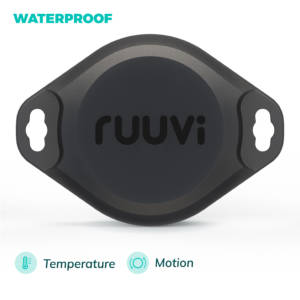Home is where most people spend a big chunk of their time and where valuable belongings are kept. Depending on the climate you live, and how your place is designed, dealing with severe dryness can prove to be both a problem and a challenge. Learn how to identify and solve too dry home air.
Don’t worry, though - there are multiple solutions to solve these obstacles, and you can start by using a RuuviTag to track your environment. Nowadays, we have access to technologies that can easily be harnessed to create a more comfortable and enjoyable living environment. RuuviTag helps you control humidity levels and avoid problems arising from dry air at home. To deal with the dryness problem at home, it is crucial to understand the threats posed by extreme air conditions, where they come from, and how to deal with them effectively.
If you live in a cold climate and want to avoid dry air, caulking and keeping windows closed is what you should aim for. Indeed, when cold air enters your home, it heats up, thus reducing overall humidity. Science!
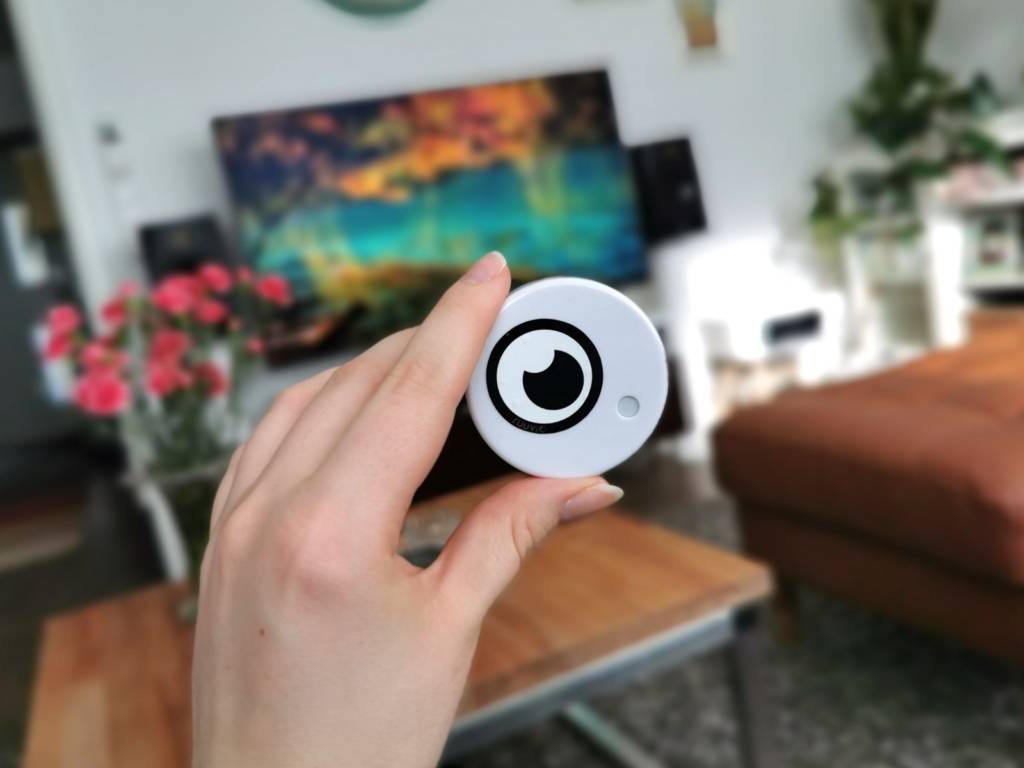
What are the causes of dry air at home?
Dry air at home can be caused by a variety of factors, with the most common being a combination of cold winter air, ventilation, and excessive heating. During the winter months, cold air outside contains less humidity than warm air, and when it enters your home through ventilation, it is heated inside. As the temperature increases, so does the capacity of air to contain steam. However, the amount of water in the air remains the same, so the relative humidity falls, resulting in a dry environment.
Other factors that may contribute to dry air in your home include using a heating system that is not properly maintained or balanced, living in a desert or arid climate, or having a home that is poorly insulated. Dry air can also result from activities such as cooking, showering, and doing laundry, as they release moisture into the air that is then absorbed by ventilation systems and other porous surfaces.
Why is the air most likely to be dry at winter time?
During the winter months, the air is most likely to be dry due to a combination of factors. One of the main reasons for this is that the colder temperatures cause the air to hold less moisture. When the air inside your home is heated by your heating system, it becomes even drier because the warm air can hold more moisture than the cold air.
Cold air can contain less humidity than warm air. For example, a cubic meter of 20°C air at 100% relative humidity contains 20g of water of air whereas the same volume at 0°C contains only 5g. Science again!
In addition to this, the winter months often bring lower humidity levels outside. This can be exacerbated by the use of indoor heating systems, which can further reduce the humidity levels inside your home. The use of wood-burning stoves or fireplaces can also contribute to dry air, as they release dry heat into the air.

The role of ventilation and heating in decreasing humidity levels
This dry cold air enters the house through your ventilation system and any cracks in your windows and doors and is then heated inside. As air temperature increases, so do its capacity to absorb the steam. The amount of water remains the same (if not added from an external source), so the relative humidity falls.
If you control the ventilation and do not overheat your home, you’ll both increase your relative humidity and contribute to reducing your energy consumption!
What is the optimal relative air humidity at home?
Air humidity is often measured as relative air humidity. It is a value between 0% (no steam at all in the air) and 100% (fully saturated air). For example, the humidity in a tropical forest is between 70% and 90% whereas humidity inside the house in winter can be as low as 10%.
According to Mayo Clinic, optimal humidity for health should be between 30% and 50%. These values align with the ideal humidity for wooden furniture or musical instruments, which should be between 40% and 50%.
Consequences of dry home air: common problems you may experience
Dry home air can be a common problem, especially during the winter months when indoor heating is in full swing. Not only can it cause physical discomfort, but it can also lead to a host of other issues in your home. Next, we will explore the consequences of dry home air and common problems that you may experience as a result.
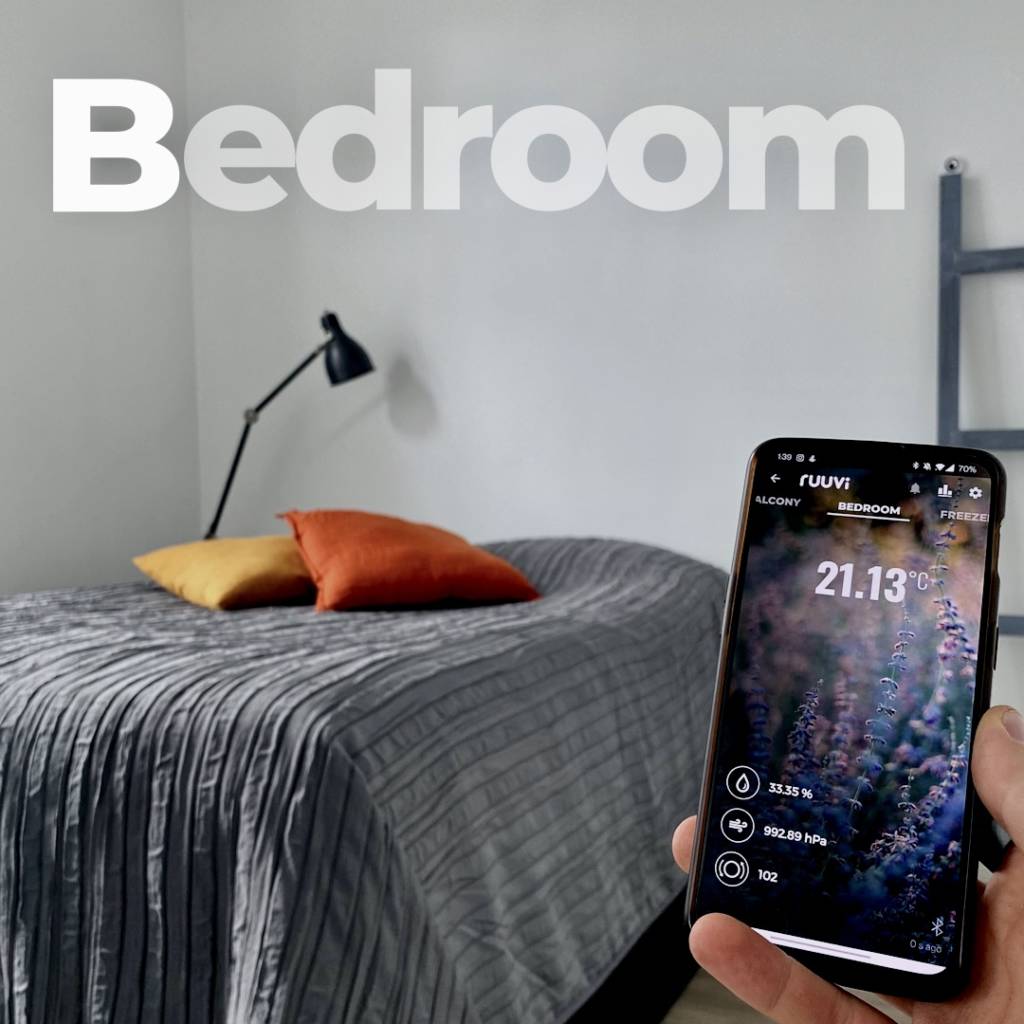
Dry air symptoms affecting your health
Having dry air can most importantly have negative effects on your health. Below you will find the most common problems stemming from dry air.
Dry air as the cause of dry skin
Dry air can have a significant impact on your skin. When the air in your home is dry, it can cause your skin to become dry, itchy, and flaky. The lack of moisture in the air can cause your skin to lose its natural oils, which are essential for keeping your skin hydrated and healthy.
Additionally, dry air can worsen existing skin conditions such as eczema and psoriasis, causing more discomfort and itching.It’s essential to maintain proper humidity levels in your home to prevent dry air and keep your skin healthy. Most dermatologists agree that dry air contributes to a lot of skin problems.
Dry air causes sore throat
If you wake up with a feeling of dryness and irritation in your throat in the morning, the air in your bedroom is likely too dry. Dry air can cause or aggravate a sore throat by drying out the mucous membranes in the throat and nasal passages. When the air is dry, it can cause the throat to become dry and irritated, making it more susceptible to infections like colds and flu. The dryness can also lead to inflammation and irritation of the throat, which can cause discomfort and pain.
Additionally, when the throat is dry, it can be harder for the body to clear out bacteria and viruses, making it easier for them to cause infections.
Sinus problems are another common symptom, resulting in snoring and a sleepless night for your partner. These symptoms are not only annoying but also unhealthy in the long run.
Is dry air more harmful to some people than others?
Yes, babies and young children are even more vulnerable to these issues. Their airwaves are smaller, so they get blocked more efficiently, potentially resulting in nosebleeds. Extra attention should be paid to the environment if younger children are living in the house.
Is your furniture protected against dryness?
In addition to the impact on your health, dry air damages many things in your home, particularly items crafted out of wood, such as furniture, home decor or musical instruments. All of these items will deteriorate faster when the air is dry. Ever noticed how many hardwood floors creak in the winter?
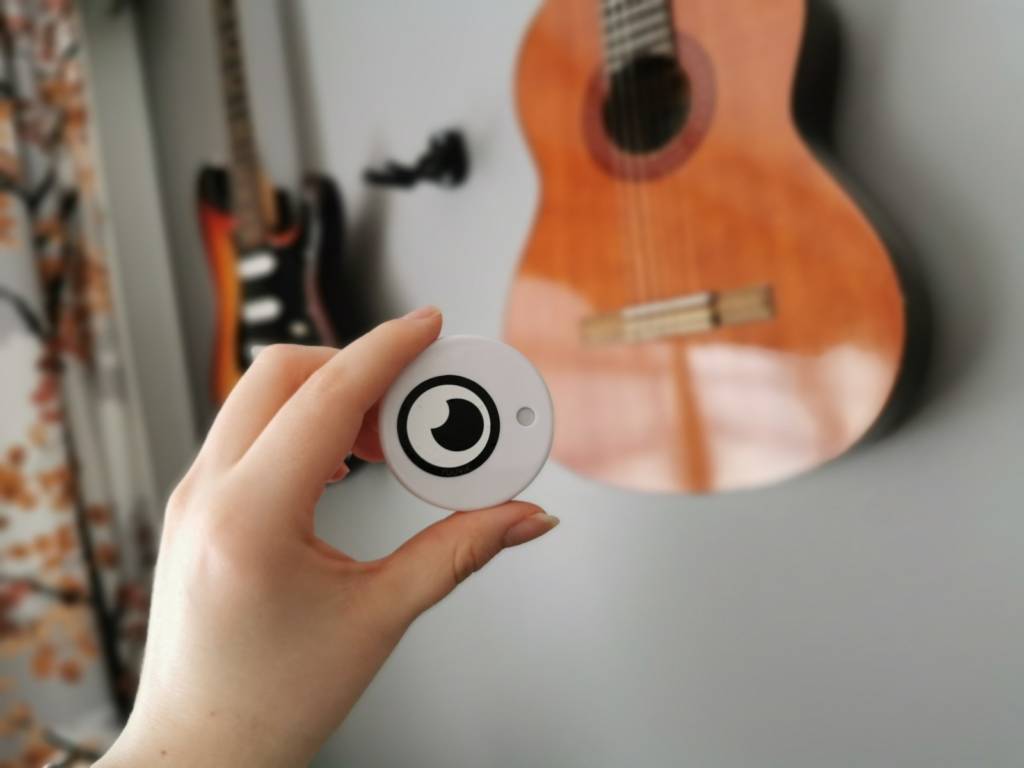
5 tips to combat dry air in your home without a humidifier
To prevent these situations, one solution is to anticipate the problem – utilise a humidifier in your home to balance the humidity, protect your belongings, and moisturise your skin regularly to prevent irritation and chapped lips. If you do not want to invest in a humidifier, we have a lot of great tips for you!
1. Laundry
Are you tired of doing your laundry? Well, think positively; it increases your humidity levels at home! When drying, your clothes release moisture into the air and help you to reach that optimal humidity level in wintertime.
2. Boiling water
Thankfully, you don’t need to be Gordon Ramsay for this one. You are boiling liquids while cooking creates steam and therefore increases humidity. If you are only using home food delivery services, you can still set a pot full of water on your stove and let the evaporation do the work for you!
3. Plants
We all have a bit of a “green thumb” inside of us. Growing plants and watering them regularly will help to increase humidity. Plants absorb CO2 from the air and release water through their leaves. The only rule here is: choose a natural plant and not a plastic one from your local furniture store…
4. Bowls of water
Similar idea to the boiling pot of water, but without the boiling! Fill up one or several bowls with water, and set the bowls in different places of your home. The evaporation process is slower than on the stove but can be used in all areas of your home. If you want to speed up the evaporation process, place the bowls close to a heater.
5. Shower & Bath
Leave the bathroom door open when having a warm bath or shower. Steam will propagate through the different rooms of your home. You can follow the propagation of steam by using several RuuviTag sensors showing humidity levels in other rooms. The Ruuvi Station app supports as many sensors as you want simultaneously.
Combined all together, these simple hacks will have a significant impact on your home environment. Are you not convinced yet? Try these tips and see how your home environment is changing on the Ruuvi Station app.
Tracking the ideal humidity level at home with Ruuvi.
We now know where the lack of humidity comes from and the problems it can cause. There is just one more thing to figure out.
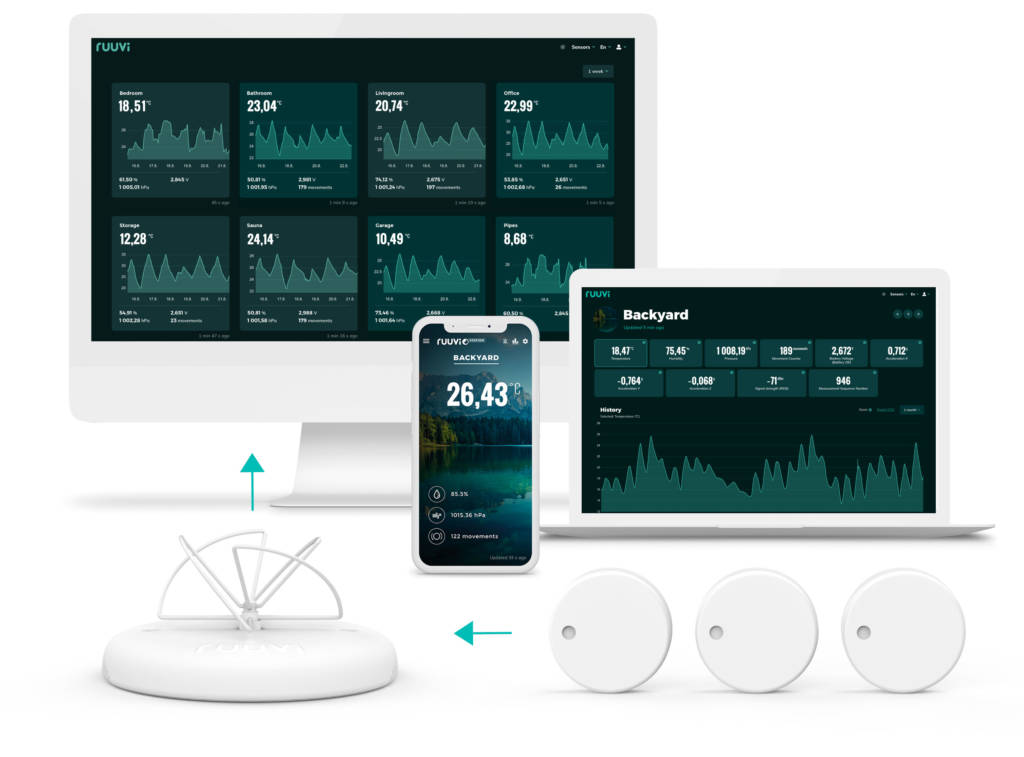
Monitoring the perfect environment with smart Bluetooth wireless sensor technology
How do you know the levels are correct for you, your family and your home? The user-friendly Ruuvi Station, connected to your Ruuvi Bluetooth sensor, measures the humidity levels in your home and shares the data in a convenient, fuss-free manner directly to your phone.
RuuviTag is a home humidity sensor
RuuviTag is a small, wireless sensor that can be used to measure various environmental conditions, including humidity levels. One of the benefits of using RuuviTag for monitoring humidity in your home is its accuracy. It uses advanced sensors to provide precise and reliable humidity measurements, ensuring that you are always aware of the exact level of humidity in your home.
Another benefit of using RuuviTag is its compatibility with various platforms and devices. It can connect to your smartphone or tablet via Bluetooth, allowing you to monitor humidity levels from anywhere. Additionally, it can integrate with different home automation systems and third-party services, which can help automate actions based on changes in humidity levels.
Overall, using RuuviTag for monitoring humidity in your home can help you maintain a healthy and comfortable living environment, as well as prevent potential damage to your home or belongings caused by excessive humidity levels.
In Conclusion
It is essential to control humidity levels in your home, both for wellbeing and the preservation of your belongings. By paying attention to home air humidity, you will achieve a positive effect on both your health and your wallet.As a result, taking care of this will make a more enjoyable environment for everybody and help to maintain your belongings’ longevity. Technologies such as the RuuviTag and its accompanying app can be put to excellent use to facilitate the comfort and ease that we experience in our everyday lives.
Buy A Humidity Sensor Now
Monitor humidity with RuuviTag and find the perfect balance where you feel comfortable.
39,90€
Ruuvi is based in Finland. If you’re an EU consumer, VAT is included. If you’re a non-EU customer, you don't pay VAT. If you're an EU business, insert your VAT ID at checkout.
In stock
RuuviTag Sensor (4in1)
| Quantity | Unit Price(€) |
|---|---|
| 1 | 39,90 |
| 2 | 37,40 |
| 3-5 | 36,90 |
| 6-8 | 35,90 |
| 9-12 | 34,90 |
| 13-25 | 33,90 |
| 26-99 | 32,90 |
Are you looking for bigger quantities? Contact us for pricing.
FAQ
How can Ruuvi technology help me to monitor humidity in my home and to deal with dry air?
The Ruuvi sensor is a modern measurement tool that measures humidity, temperature and movement – all in combination with a unique app. Monitoring the environment is essential for your health.
Is humidity the only variable the sensor can measure?
No, our sensors can measure more than humidity only. The beacon is designed to also monitor temperature and movement – a truly versatile tool.
What is the ideal humidity level for a bedroom?
The ideal humidity level for a bedroom is between 30% and 50%. This range is comfortable for most people and helps to prevent the growth of mold and mildew.
How can I measure the humidity level in my bedroom?
You can measure the humidity level in your bedroom using a hygrometer. There are many different types of hygrometers available, from simple analog models to more advanced digital models with additional features such as RuuviTag.
What are the symptoms of low humidity in a bedroom?
Low humidity in a bedroom can cause dry skin, a sore throat, and irritated eyes. It can also lead to static electricity, which can be a nuisance.
Click here to go to measurement use cases.
